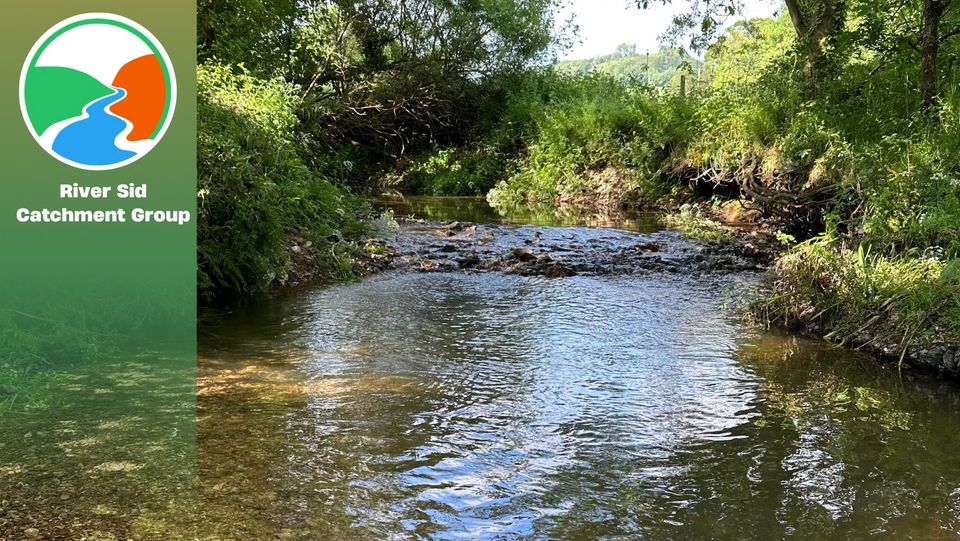The latest newsletter from the Sid Valley Biodiversity Group looks forward to events next month – the Great UK Water Blitz and the Big River Watch.
GREAT UK WATER BLITZ
Earth Watch Europe’s Great UK Water Blitz is taking place at the end of April. All are welcome to join in this biannual event calling on everyone to go out and test the quality of their local freshwater including rivers, streams and lakes. This helps to build a national picture of water quality over a 3 day period.
The Autumn 2024 National Report can be accessed here.
The Sid Valley results at 19 locations during one weekend in September 2024 were “generally good but with raised phosphate levels on Woolbrook and Burscombe Brook and raised nitrate levels on the lower Woolbrook”.
This year’s Blitz along the River Sid and its tributaries will take place Friday 25th to Sunday 27th April.
Contact the Sid Valley Biodiversity Group to take part.
BIG RIVER WATCH
Alternatively or as well, 15 mindful minutes can be spent by the river part of the National Rivers Trust Big River Watch
“Do a Big River Watch Survey between 25th April to 1st May to help restore rivers across the UK and Ireland” by signing up here.

“Pick a riverside location, spend 15 minutes observing, and answer the questions in the survey. You can complete the Big River Watch at your favourite local spot, or get to know somewhere new. The survey will ask you about what you see – from wildlife and plants, to the flow speed of the water and any signs of pollution. The handy in-app pollution and wildlife guides can help if you’re not sure what you’re looking at.”
RIVER SID SCORECARD
The West Country Rivers Trust have just released the 2024 River Sid Score card, which can be read here.
And here’s the report from the SVBG’s River Sid Catchment Group:

“Our WRT Citizen Science team survey monthly at sites across the Sid catchment and beyond. The data are averaged to produce an annual score card. We were rated as good overall. The ‘Poor ‘Phosphate score is misleading because we monitor 4 places on Woolbrook, which has consistently high phosphates. The other tributaries are each monitored in one location and generally phosphate readings range from Fair to Good.
“Thanks to our volunteers who regularly carry out this work and also our land managers who are faced with challenging terrain, easily eroded soils and springs which keep land saturated year-round in some areas thus reducing its capacity to absorb water after heavy rain. The crystal-clear river water turns red after heavy rain as soil is lost from fields and damaged river banks. There is much work to do in the valley in both urban and rural areas to mitigate against the effects of heavy rainfall.”
With thanks to the Sid Valley Biodiversity Group
…
